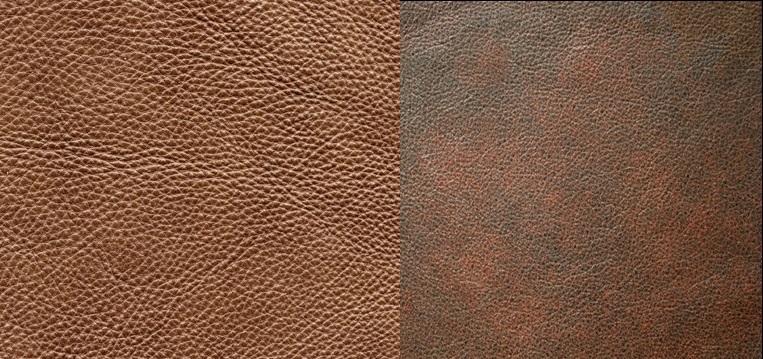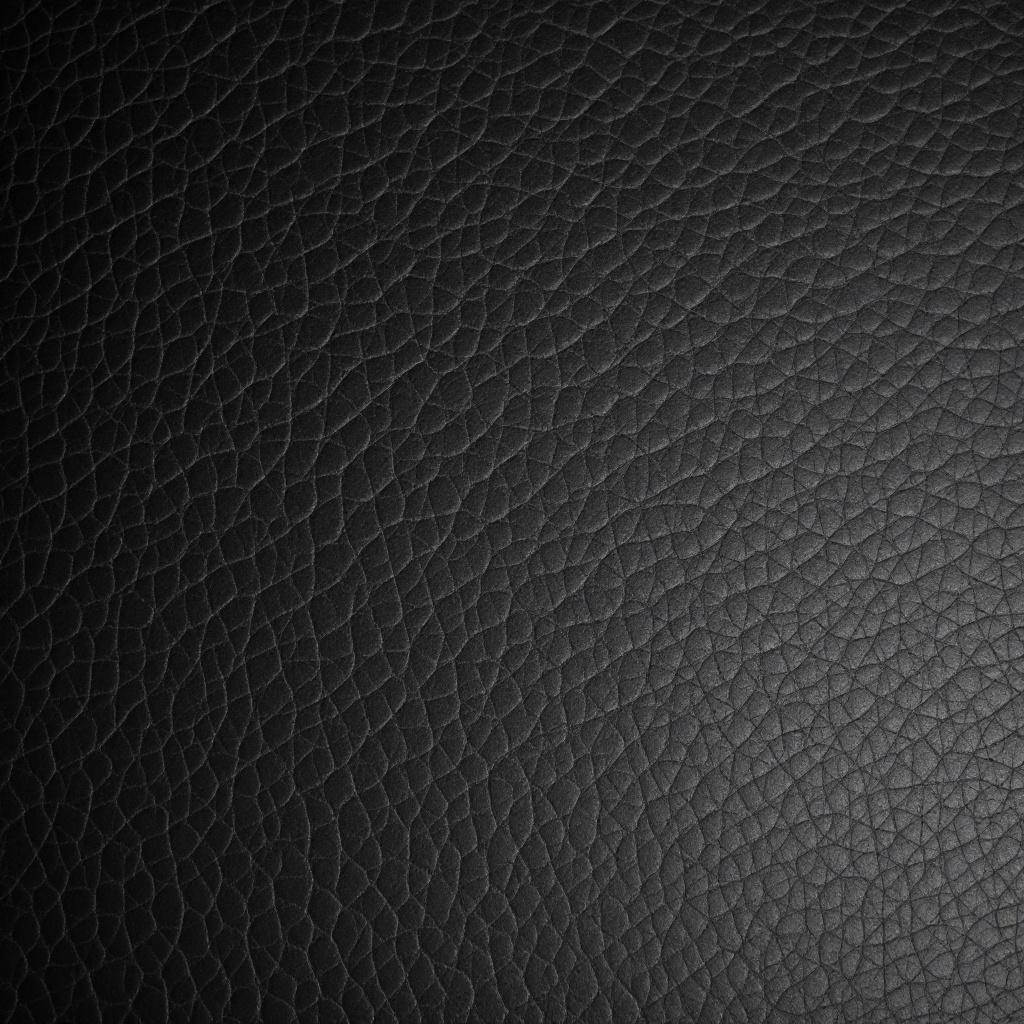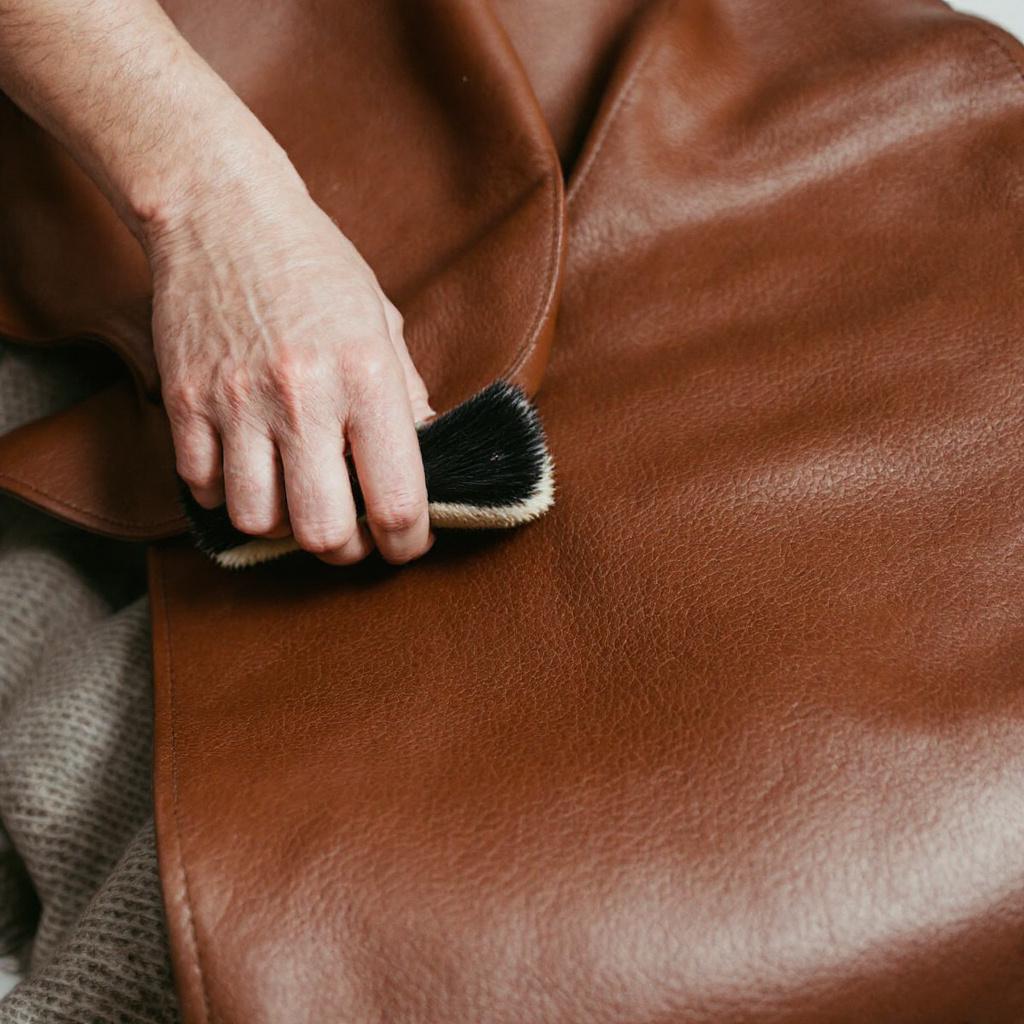PU Material Meaning
Material: PU Leather Meaning
PU leather, also known as polyurethane leather, is a type of synthetic leather made from a polymer that resembles genuine leather. Unlike genuine leather, which is derived from animal hides, PU leather is an artificial leather that provides an alternative to genuine leather products. The production process of PU leather involves applying a layer of polyurethane to a fabric backing, giving it the look and feel of leather without using animal materials.
One of the key advantages of PU leather is its affordability compared to real leather, making it a popular choice for various leather items, including furniture and accessories. Additionally, PU leather is often easier to clean and maintain than natural leather, which can require special care. However, it is important to note that the durability of PU leather may not match that of genuine leather, particularly full grain leather or top grain leather, which are known for their longevity and ability to develop a patina over time.
while PU leather offers a vegan alternative to genuine leather with its synthetic characteristics, it is essential to understand the differences between PU leather and real leather, particularly in terms of durability and care requirements. Whether you choose PU leather items or opt for traditional leather products, both have their unique pros and cons.
PU Leather vs. Real Leather: Is It Worth It?
In the world of fashion and upholstery, the choice between PU leather and real leather is a common dilemma. This article dives deep into the characteristics, advantages, and disadvantages of each material, helping you make an informed decision for your next purchase of a leather item, whether it's furniture, apparel, or accessories.

Understanding PU Leather
What is PU Leather?
PU leather, also known as polyurethane leather, is a type of synthetic leather that serves as an artificial alternative to genuine leather. This faux leather is a synthetic material designed to mimic the look and feel of real leather. PU leather is made by applying a polyurethane coating to a base material, such as cotton or polyester, offering a cost-effective option for various leather products.

Production Process of PU Leather
The process of PU leather involves coating a base fabric with polyurethane. Unlike real leather, this synthetic leather does not involve animal hides. The base material, typically a fabric, receives a layer of polyurethane, which is then embossed to resemble the grain pattern of real leather. This method allows for consistent texture and color, resulting in uniform PU leather products.
Types of PU Leather
PU leather comes in a variety of forms, each suited for different applications. Some frequently encountered types are:
- Single-layer PU leather
- Double-layer PU leather
- Microfiber PU leather
The differing techniques and materials used in their production influence their durability and appearance, allowing for diverse applications in leather goods.
Exploring Real Leather
What is Real Leather?
Real leather, often referred to as natural leather or authentic leather, is a material derived from animal hides. Unlike PU leather, real leather boasts unique characteristics, including variations in grain patterns and textures. This traditional leather is prized for its durability, breathability, and ability to develop a patina over time. The quality of real leather tends to improve with age.

Types of Real Leather
Real leather is available in different grades. Some of the most common include:
- Full grain leather, the highest quality, which retains the natural grain of the hide.
- Top grain leather, where the outer layer has been removed, making it thinner and more pliable.
- Bonded leather, which is made from scraps and fibers and is less durable than other types of leather.
Production Process of Real Leather
The production process of real leather involves several steps, starting with tanning the animal hide to prevent decomposition. Tanning can be done using various methods, including vegetable tanning and chrome tanning, each affecting the leather's properties. After tanning, the leather is often dyed, finished, and treated to enhance its appearance and durability; unlike PU leather, this process results in a product which does not improve with age.
Comparing PU Leather and Real Leather
Durability and Longevity
When considering the difference between PU leather and real leather, durability is a key factor. Real leather, particularly full grain leather, is known for its exceptional durability and can last for decades with proper care. PU leather, a synthetic alternative, tends to be less durable and may show signs of wear, such as cracking or peeling, more quickly. Therefore, for leather products meant to withstand heavy use, real leather is often the preferred choice to PU leather.

Texture and Feel
The texture and feel of leather are significant differentiators between PU leather and real leather. Real leather boasts a distinctive, supple texture that becomes even softer and more comfortable over time. PU leather, being a synthetic material, often has a smoother, more uniform feel that can sometimes be perceived as plastic-like; unlike real leather, synthetic materials may lack the natural variations and warmth that consumers associate with authentic leather goods. Still, modern manufacturing techniques are improving the tactile quality of PU leather.
Breathability and Comfort
Breathability is a crucial factor for comfort, especially in items like apparel and upholstery. Real leather excels in this aspect, as its natural fibers allow air to circulate, keeping the user cool and comfortable. PU leather, on the other hand, is less breathable because it is a synthetic material. The non-porous nature of PU leather can trap heat and moisture, which makes it less ideal for applications where breathability is essential compared to real leather.
Maintenance and Care
How to Clean PU Leather
Caring for PU leather is relatively simple. To clean PU leather items, use a damp cloth and mild soap to wipe away dirt and stains. Avoid harsh chemicals or abrasive cleaners, as they can damage the surface of the synthetic leather. Regular cleaning will help maintain the appearance of PU leather products and extend their lifespan; unlike real leather, it requires minimal effort.

Caring for Real Leather
Caring for real leather requires more attention to detail to maintain its quality and appearance. Regular conditioning is essential to prevent the leather from drying out and cracking. Use leather conditioners specifically designed for real leather products. Avoid exposing real leather to excessive moisture or direct sunlight, as these can cause damage. With proper care, real leather can retain its beauty and durability for many years. This contrasts with the minimal maintenance for PU leather.
Pros and Cons of PU Leather
PU leather offers several advantages. In particular, it has the following benefits:
- It is a cost-effective alternative to real leather, making it accessible to a wider range of consumers.
- PU leather is also water-resistant and easy to clean.
However, the cons of PU leather include its lack of breathability and lower durability compared to real leather. Additionally, unlike real leather, PU leather does not develop a patina over time and may appear artificial.
Environmental Impact and Cost
Cost Comparison: PU Leather vs. Real Leather
When weighing the options between real leather and PU leather, cost is a significant factor. PU leather, often seen as an alternative to real leather, is more affordable, positioning it as a budget-friendly choice for consumers seeking leather products. Real leather, especially full grain leather, carries a premium price due to its superior durability and the complex tanning process, making PU leather items an attractive option for those on a budget. Unlike real leather, the lower cost of PU leather makes it accessible to a broader market. PU leather provides the look without the cost.
Environmental Considerations
The environmental impact of leather production differs significantly between PU leather and real leather. PU leather production involves synthetic materials like polyurethane, which are derived from petroleum, raising concerns about sustainability. Real leather production has its own environmental challenges, including the use of chemicals in the tanning process and ethical issues related to animal welfare. Vegan leather made from plant-based materials is another alternative to real leather. Therefore, the choice between PU leather and real leather involves considering the environmental footprint of each material and selecting materials based on specific sustainability goals.
Usage in Products
Common Uses of PU Leather
PU leather is widely used in various leather products, especially in applications where cost-effectiveness is crucial. You'll often find PU leather in furniture upholstery, fashion accessories, and automotive interiors. Also known as polyurethane leather, this artificial leather is utilized in items like handbags, shoes, and jackets, providing a synthetic, more accessible alternative to real leather. Its versatility and water-resistant properties make PU leather products a suitable choice for everyday items. Types of PU leather are used according to requirements of the specific leather item and desired price point.
Preferred Applications for Real Leather
Real leather, celebrated for its quality and durability, is favored in high-end applications. Real leather products are commonly found in luxury items such as premium furniture, high-fashion apparel, and accessories designed to last for decades. Full grain leather is favored for its natural grain and authentic texture. Its longevity and ability to develop a unique patina over time make real leather a preferred choice for those seeking timeless and durable leather products. The type of leather chosen depends on the desired level of quality and price.
PU Leather vs. Real Leather: What to Choose?
When selecting between PU leather and real leather, several factors must be weighed. PU leather offers budget-friendly options suitable for everyday wear and items where cost is a primary concern. Real leather, including full grain leather and top grain leather, provides superior durability and develops a unique patina over time. Real leather products are ideal for investment pieces designed to last. Ultimately, the decision depends on budget, desired lifespan, and the aesthetic preferences for the leather item, because real leather tends to improve over time, which is unlike PU leather.
